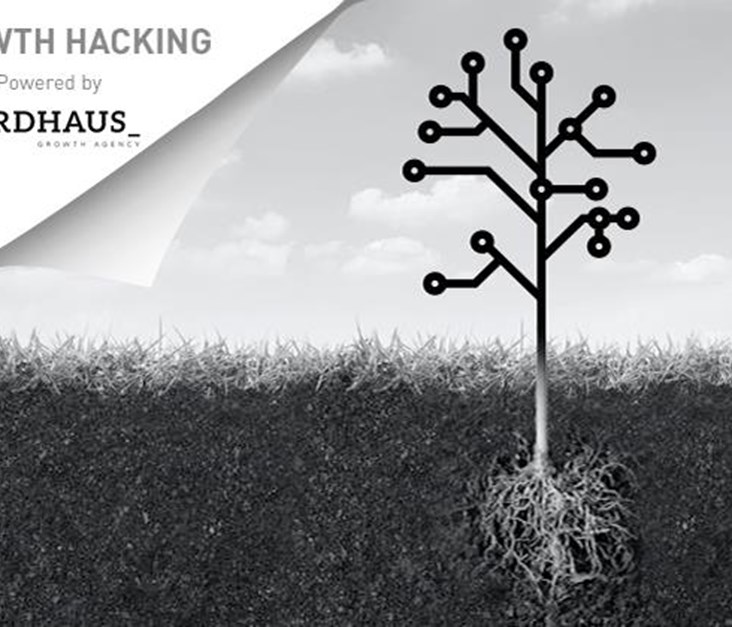Growth Hacking: The Future of Marketing
Back
This article is a part of an ongoing series on Growth Hacking by Birdhaus_, Lebanon’s first Growth agency.
Digital marketing has not been around for long yet it has already become a central piece of every brand’s marketing mix. With an ever-growing suite of increasingly-complex tools it become difficult to know which one is right for you to reach your company’s objectives.
Here is how Growth Hacking is taking over digital marketing by using data to drive strategy, inform decision-making, and upend existing company culture.
Should I be on Instagram?
Don’t try to answer that.
There are far too many audiences and far too many strategies to grow them for you to have an answer. Trying to integrate every social platform into your digital marketing strategy will eventually make you lose money because you’ll be mobilizing resources for little to no results. Instead, think of your user’s experience as a whole.
If you post on Instagram, what do you expect as a behavior? Website traffic? A sale? A follow?
Are your users on this medium? If so, how and why exactly do they use it?
To answer all these questions, the growth hacking approach is to test everything and see what works best. You can get started using third-party data but only proper testing and measurement can provide answers relevant to your brand.
Marketing vs Growth Hacking
Same questions, different approaches
Although they usually tackle similar problematics, they look at the problem through a very different lens.
Digital and offline marketing are absolute necessities for any business and should run their own long-term track. But considering the pace at which this field has evolved, growth-hacking has emerged as a solution to maximize the results of their predecessors by adopting a more agile and results-focused methodology. And here, results-focused also means data-driven.
All eyes on data
Marketing has been moving towards-data driven decision-making since it started shifting to digital, while growth hacking was born in a digital era and embraces data much more organically. Growth hackers don’t only use data to measure efficiency, they also use every digital channel and method available to generate user data. That alone is a flip on its head compared to traditional marketing.
Thinking of boosting a post on Facebook? Why not run a campaign instead, which would allow you to drive visits to specific pages and measure your results more precisely. Further down the funnel you can also gather data about visitors and treat them as a separate audience, retarget potentially interested users, and a lot more.
That difference between a boost and a campaign setup is one of the small yet significant differences you can observe between digital marketers and growth hackers: The former use the data given to them, the latter generate custom data to suit their specific business needs. Generating and leveraging all the data available to fulfill these needs is an effort that spans your entire company and engages every employee.
Beyond departments
Marketing is basically a set of tools and tactics often managed by one or two departments. Growth hacking is a mindset that seeps into every part of the company from customer acquisition and retention to HR, finance, product development, and even further. It engages a wider spectrum of employees and pushes for collaboration as well as shared goals.
Growth hacking may seem like a marketing-oriented function but it starts with company culture and structure rather than just a subset of your employees.
Every team member has a role to play in the growth of your company, but to make sure they are working towards the same future they need to all strive to reach the same ideal. How do you do that? Envision what success looks like.
Start with the end
Don’t get distracted by channels, content strategies, formats, platforms, data… just yet. Focus on your business goals instead. Once you know where you want to go, the road to your destination becomes much easier to find. And to take out the guesswork Growth Hacking relies on testing all possibilities, scenarios, and creative approaches to create the fastest way to reaching your goals, while providing users with the best experience possible.
Latest Business
Intelligence Report














